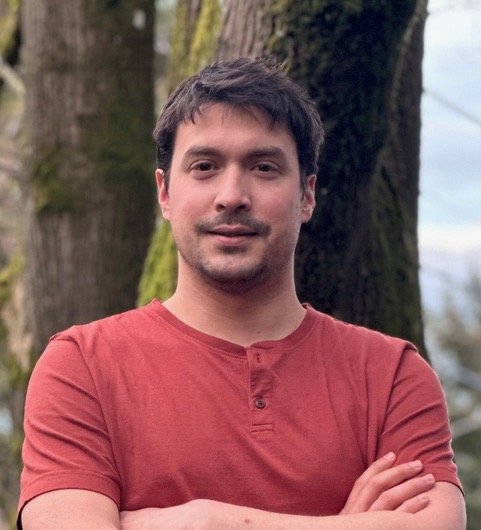LC Seminar Nathan Belliveau
Make it stand out
Wednesday, January 8, 2025
@12:00 PM
“Electrifying Secrets of Directed Cell Migration”
Abstract: Migratory cells integrate chemical and physical cues to move effectively through their environment. In tissue wounds, disruption of the transepithelial potential generates a wound current and a non-negligible electric field. Numerous skin and immune cell types migrate in response to these electrical cues (a phenomenon known as galvanotaxis or electrotaxis), which plays a critical role in wound healing. Despite its importance, the molecular basis of galvanotaxis and the specific sensor(s) that enable cells to detect and respond directionally to electric fields remain elusive.
To uncover these molecular players, we developed several genome-scale gene knockdown screens in human neutrophils to conduct an unbiased investigation of cell motility. Among the genes identified, TMEM154—referred to here as Galvanin—emerged as a putative electric field sensor expressed on the plasma membrane. CRISPR-Cas9-mediated inactivation of Galvanin disrupts cell directionality in an electric field, a defect that can be genetically rescued. Strikingly, Galvanin rapidly relocalizes to the anodal (positive) side of the cell upon electric field exposure, which depends on Galvanin’s charge properties and the electric field strength. This relocalization is essential for cells to repolarize and migrate toward the cathodal (negative) pole, correlating with dynamic changes in membrane protrusion and retraction.
In summary, we identify Galvanin as a novel biosensor critical for galvanotaxis, providing new insights into the mechanisms that support directed cell migration.
Location: Laufer Center Lecture Hall 101
